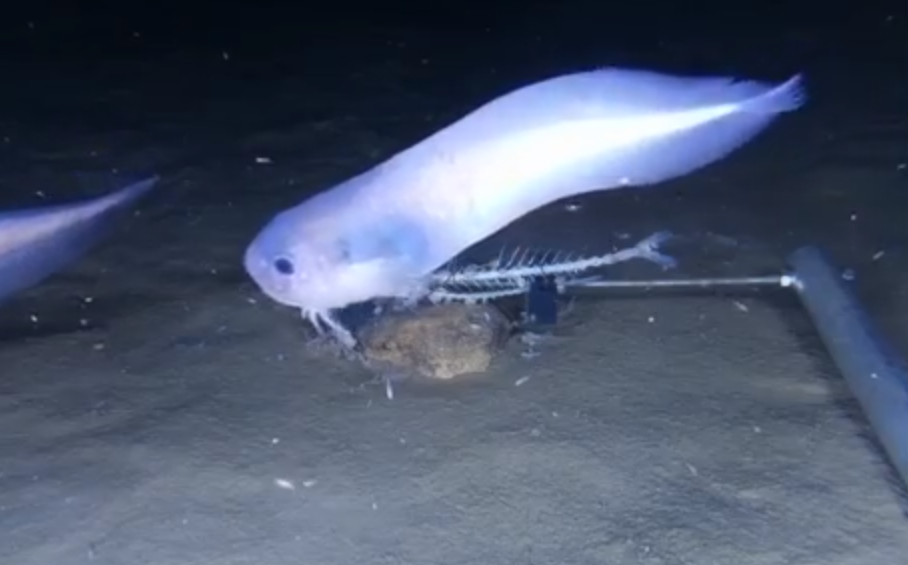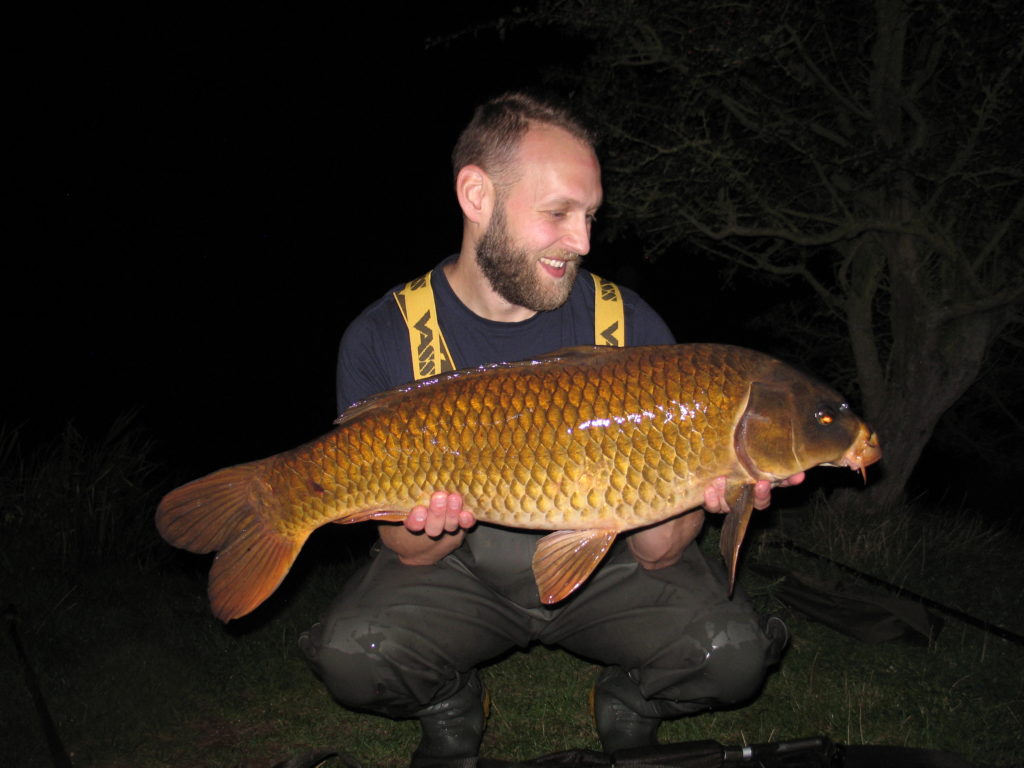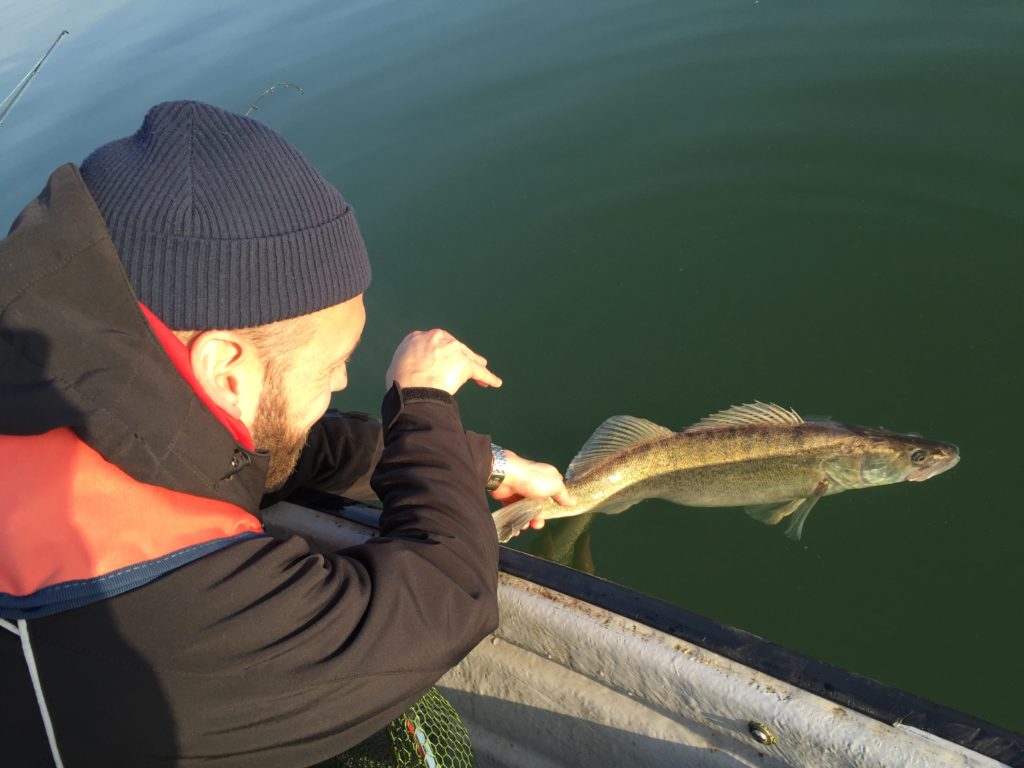This is a demo store. No orders will be fulfilled.
Darkest Depths and Brightest Moments

New Ghosts
It's always exciting when a new fish species is discovered. However, curb your enthusiasm; this isn't a fish you can dropshot for in your local canal, and you certainly won't be able to land it with a standard carp rod. You won't even be able to bring this new arrival to global awareness on board a boat out on the deep ocean. If you managed to hook this fish at all – which is unlikely, given its overall form, and feeding habits that rely more on sucking than nibbling or biting – it would melt when you brought it up. Catch and release simply isn't an option when you've evolved to live at 26,000 feet, your gelatinous body held together by the weight of the ocean, a pressure 2,500 times greater than anything humans can endure.
We're talking, of course, about the Atacama Snailfish – temporarily named after the deep trench where it was discovered – whose existence was announced at Newcastle University's 2018 Challenger Conference, a marine biology symposium.
Snailfish belong to the Liparidae family, which contains over 400 documented species, and many undocumented species. Living in the deepest parts of the ocean, and feeding by sucking in limpet-like fashion, these ghostly looking fish are almost impossible to study in any detail, as their structure, which contains very few bones, can't survive without the weight of water acting on it. With the Atacama Snailfish, the hardest part of their body is found in their inner ear – tiny bones which operate their jaws. Ghostly tadpoles cruising the ocean floor, these snailfish have a peaceful, unpressured existence – no predators can endure the depths that snailfish thrive at, and so their lives are untroubled by natural threats. The ocean's deepest-dwelling known species, the Atacama snailfish is a marvel of evolution, uniquely developed to not just survive at annihilating depths, and under immense pressure from the vast body of water above it, but to thrive there.
So; you can't catch these fish with a rod and line. They're highly unlikely to get snagged in trawl nets, and you haven't got a hope of surviving a dive down to where they live; what's the point? Why is an angling site talking about something that can never be caught?
Because, for sea anglers, while the continuing appeal will always be the sport of what can be caught, the initial pull is always the beauty of the whole ocean, and the secrets and shadows we'll never know about, and have only half a chance of ever catching even glimpses of. The sea is our last wilderness, and the itch that anglers never tire of scratching is the need to know exactly what's out there, to understand an element without wanting to conquer it.
Old Monsters
So, you can't fish the Atacama Trench – or, indeed, any of the other ocean floor trenches where the gloopy, ghostly snailfish species live; what other specias and fish types are out there for recreational angling, and what do you need to catch them?
Bass

Bass are a perennially popular sport fish, which give a lively battle, full of speed and fury, and are a genuine pleasure to lure in to a light, bouncy rod, fitted with a reel that offers balanced stability, with the ruggedness to survive the action of a good bass session.
Designated as a catch and release only species in 2018, bass are well worth turning out for, and will always make the effort worth your while.
Bass are best caught on lures and light tackle; the lure captures their attention, while light tackle keeps you fantastically in touch with every moment of the lively battle they'll offer as you play them in.
Ghost Carp
Intended as an ornamental species, the ghost carp – or Ghosty – is a hybrid between a common or mirror carp, and a Purachina koi. This cross results in shimmering scales in hues ranging through gold and silver, through to pure white, creating fish with a truly ethereal beauty.
The largest ghost carp caught was recorded at 40lb 3oz, and, like all carp, these fish respond well to popped up baits, particularly fluoros, or bright white pop ups, and tend to go for spicy baits – quite a few old school anglers report having caught ghosties effortlessly on Pepperami Hot Ones, with chick peas offering an intriguing texture that seems to keep these shimmering spectres feeding confidently, and relaxing into taking your hookbait.
Zander

The fanged zombie of the angling world, this predator species is often assumed to be a hybrid between a pike and a perch; this isn't the case – zander simply look that terrifying naturally! With a spiked dorsal fin that flows back in a scarily striking fan, and sharp teeth ready to do damage to the best angling brains, zander live life in the dark depths, swimming through the shadows of heavily trafficked canals, deep rivers, and boatyards.
Lively and aggressive, zander offer thrilling sport when fished on light tackle, such as Avon-style rods, and, while they certainly don't lack the power and confidence to go for larger fish such as bream, they respond best to small live or deadbaits. If you're heading out after zander, make your way to heavily coloured water, and get your rods out at dawn or dusk for the best chance of finding some fangs on the end of your line.
On light tackle, these feisty little fish can seem like skyward swords, offering captivating, terrifying grace, and tracing a beautiful arc as they fight against the elemental shift.
